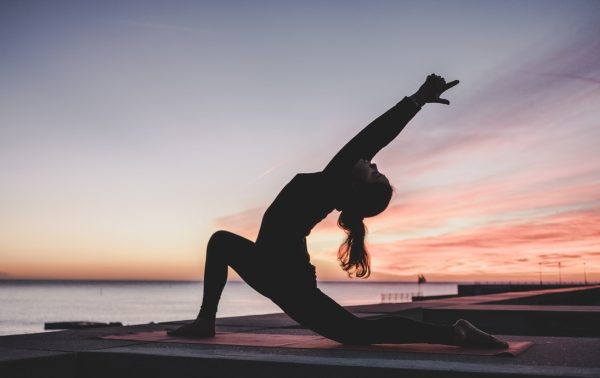I want you to picture a yogi (a person who practices yoga) and think of some stereotypical traits that come to mind. I don’t blame you if you are picturing a vegan woman who looks like a hippy and is abnormally flexible because I used to think of the same thing. However, after religiously implementing yoga into my routine, I noticed how inaccurate these stereotypes are. The vast majority of yogis are people who go against the “so-called stereotypes” because all you need to be a yogi is your body, a mat, and an open mind. 
Today, 300 million people participate and practice yoga around the world. From yoga’s deeply rooted history starting thousands of years ago to its origin in India, yoga continues to disperse in popularity. The reason why is because it has multiple benefits internally and externally.
First of all, one of the more obvious, but still incredibly important, benefits of yoga is flexibility. Flexibility is commonly overlooked, but our flexibility is crucial to our overall performance. It improves our range of motion by strengthening our joints, preventing injuries, and longevity.
Many people associate strength with lifting weights, but yoga is a great alternative. It depends on the intensity of your practice/class, but slow movements and deep intentional breathing increase blood flow and warm up muscles. Especially when holding rigorous poses, causing muscles to build strength (giving them that amazing tone).
The specific terminology used when teaching yoga comes from Sanskrit, which is one of the oldest languages in the world and where many Indian languages get their roots from. For example, the ujjayi breath translates to “victorious breath” and is crucial to yoga. The ujjayi breath is done by restricting the airflow at the back of the throat, while only breathing in and out from the nose. This should be a consistent breath that almost sounds like the ocean. Yogic breathing has shown studies to improve cardiovascular functioning. Specifically, positive changes in heart rate, stroke capacity, arterial pressure, and contractility of the heart.
What makes yoga so brilliant is that it’s not limited to physical activity, it’s just as much of a workout for the mind as it’s for the body.
Our mind is constantly working, and yoga eases that tension in the mind by focusing on the ujjayi breath when the body is flowing and silencing the mind during Shavasana, “corpse pose”. Thus, stress can be relieved, depressive symptoms and anxiety can diminish, and self-esteem can increase.
Currently, I do an hour of yoga at least 3-4 times a week. I can attest to these benefits as I can see the vast improvements in myself. The best part about it too is that it’s an easy practice to stick to because it becomes so addicting due to its natural high.
I think it’s time for everyone to become a yogi and give our minds and bodies the self-care they deserve.




















